Coating Plates
Home / Coating Plates
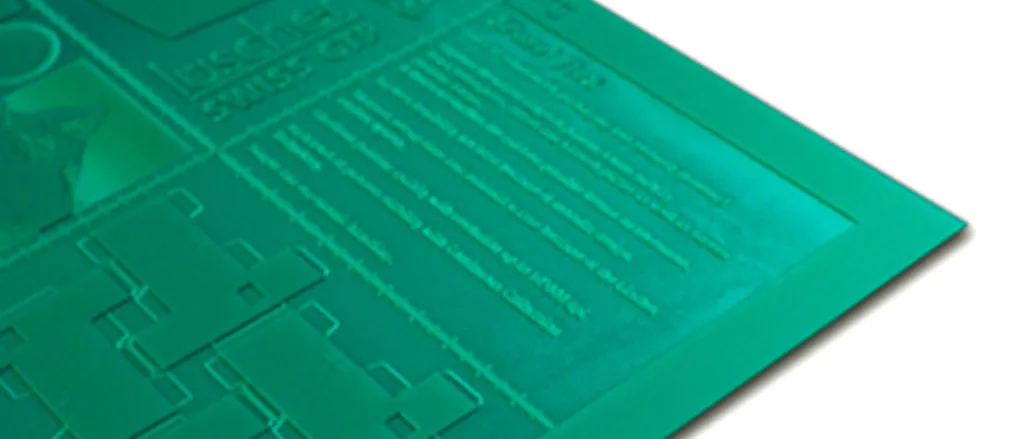
Coating Plates in Printing: Enhancing Quality and Durability
In the printing industry, coating plates are essential tools used to enhance the quality and durability of printed materials. These plates are specially designed to apply a thin layer of coating over printed surfaces, providing a range of benefits that are critical for achieving high-end print results. Here are some key advantages and considerations when using coating plates in the printing process:

Printing Service
Support and competitive pricing to meet all your printing

Digital Scanning
Converting physical documents, imagesinto digital formats
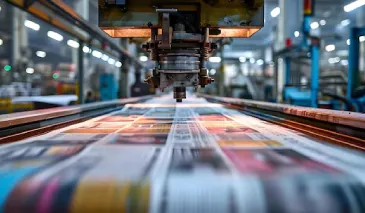
Enhancing Quality
Enhancing the quality of images or content for printing involves several key steps. First, ensure the resolution is at least 300 DPI (dots per inch), which is standard for high-quality prints.
Fast And Quality Service
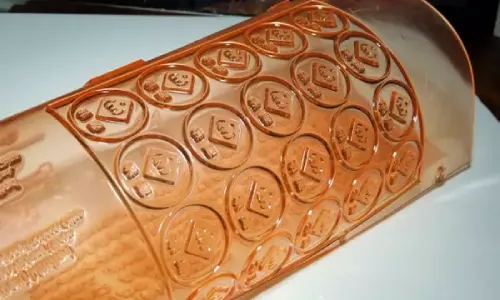
Extended Lifespan: Coated prints have an extended lifespan, making them suitable for long-term display and handling. This is particularly important for items like posters, brochures, and packaging materials.
Wear and Tear Prevention: By adding a layer of protection, coated prints can withstand daily wear and tear, ensuring they remain in pristine condition for longer periods.
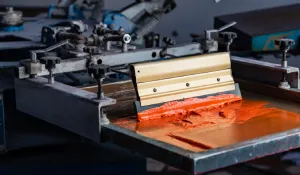
Extended Lifespan: Coated prints have an extended lifespan, making them suitable for long-term display and handling. This is particularly important for items like posters, brochures, and packaging materials.
Wear and Tear Prevention: By adding a layer of protection, coated prints can withstand daily wear and tear, ensuring they remain in pristine condition for longer periods.
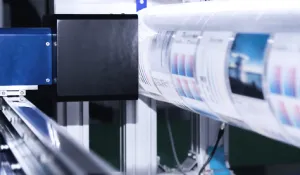
Visual Enhancement: Coating plates can impart various finishes to the print, including gloss, matte, and satin. Each finish offers a distinct visual and tactile experience, enhancing the overall appeal of the printed material.
Gloss Finish: Provides a shiny, reflective surface that enhances color vibrancy and sharpness, ideal for magazines, high-quality photos, and promotional materials.
Matte Finish: Offers a non-reflective surface that reduces glare and fingerprints, perfect for art prints, professional documents, and understated elegance.
Satin Finish: A balanced option that combines elements of both gloss and matte, giving a soft sheen and a smooth feel, suitable for a variety of applications.
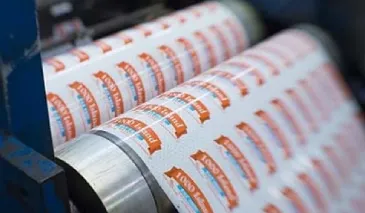
Functional Variety: The choice of coating can influence the print’s functionality, catering to diverse needs. For instance, a high-gloss coating might be chosen for eye-catching advertising materials, while a matte finish might be preferred for elegant invitations or business cards.
Adaptability: Coating plates can be used on different types of paper and materials, allowing for a wide range of applications from brochures and posters to packaging and labels.
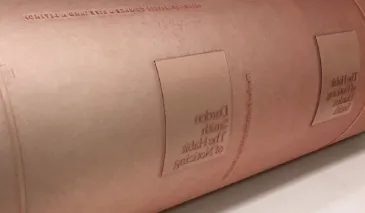
Spot UV Coating: Advanced coating plates can apply special effects such as spot UV, where only certain parts of the print are coated. This creates a contrast between coated and uncoated areas for a striking visual effect.
Textured Coating: Some coating plates can add textures to the print, providing a tactile experience that can make printed materials stand out even more.s while providing superior printing solutions today.
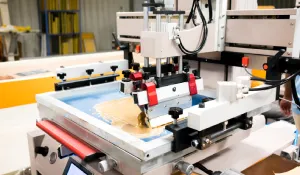
Value Addition: While adding a coating may increase the initial cost of printing, the enhanced durability and aesthetic appeal can provide better value in the long run, reducing the need for reprints and increasing the material’s effectiveness.
Customer Satisfaction: High-quality, durable prints lead to greater customer satisfaction, potentially resulting in repeat business and positive referrals.

Eco-Friendly Options: Modern coating technologies include eco-friendly options that reduce environmental impact, such as water-based and UV coatings that are less harmful than traditional solvent-based coatings.
By incorporating coating plates into the printing process, print shops can deliver superior products that stand out in both quality and durability. Whether aiming to protect a print or enhance its visual impact, coating plates play a pivotal role in modern printing techniques. This technology not only meets the diverse needs of clients but also ensures that printed materials can withstand the demands of various environments and uses.

